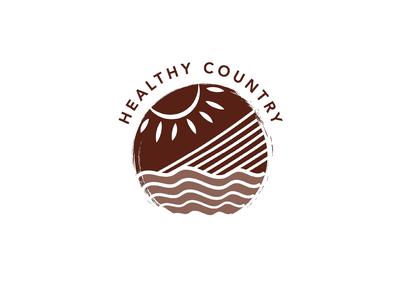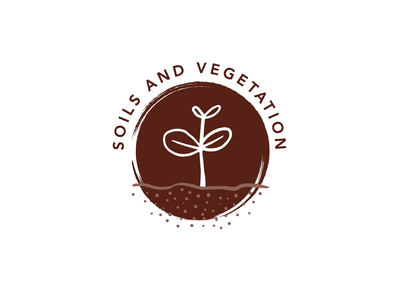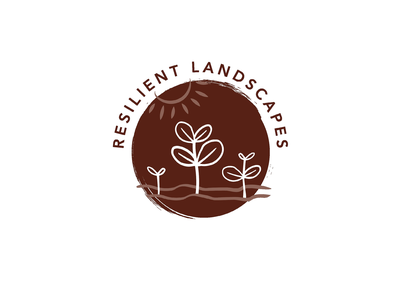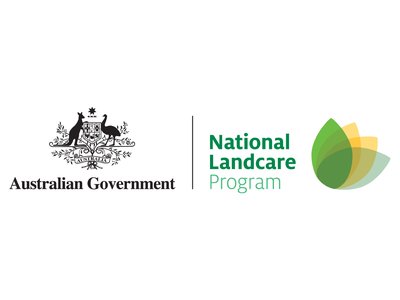Vegetation and Biodiversity On-Farm
The aim of the Vegetation and Biodiversity On-Farm Project was to promote the protection of remnant vegetation and planting of biodiverse native species to improve biodiversity on-farms and enhance agricultural productivity by providing shade, shelter and wind protection and mitigating dry land salinity.
Focus
Focus
The Vegetation and Biodiversity On-farm Project benefited target threatened mammals, particularly in the Northern Midlands, by supporting landholders to protect remnant vegetation and plant diverse native species.

The project will focus on the Northern Midlands, north east coast and inland Flinders Island.

Native vegetation on-farm is essential in securing landscapes for threatened species.
Value
Value
Native vegetation on-farm is important in delivering services to farmers but it is also essential in securing landscapes for threatened species. Activities such as clearing, over-grazing, timber and flora harvesting, landscape fragmentation and fire regimes can lead to a decline in condition and fragmentation of remnant vegetation and important habitats. Riparian and wetland vegetation communities are particularly vulnerable to habitat loss, and modification and clearing of riparian and wetland vegetation or degradation of these habitats by uncontrolled stock access has a direct impact on water, estuaries, coastal and marine assets.
Achievements
- - - - - - - - - - - - - - - - - - -
“As well as creating a safe habitat for threatened species, revegetation activities and the protection of remnant vegetation enhance agricultural productivity by providing shade, shelter and wind protection and mitigating dry land salinity.” – Adrian James, NRM North.
Partners
This project was supported by NRM North, through funding from the Australian Government’s National Landcare Program.
Partners
This project is supported by NRM North, through funding from the Australian Government’s National Landcare Program.






